Our Very Own Least Terns
Wildlife lovers are excited about the first Least Tern colony in Hancock County, in Waveland. Yet, cheers are tempered by the fact that - at least for now - the extremely vulnerable colony is unmarked and unprotected, subject to eradication by unaware beachgoers.
- story by Lisa Monti, photos by Mozart Dedeaux and Ellis Anderson
The terns are colony nesters and congregate in large groups. They may nest twice, giving them a second chance each season to produce one or two eggs.
“It’s a safety mechanism,” said Pacyna. The colony near the Great Southern Golf Club in Gulfport had more than 900 birds last year. The birds are about 9 inches long and have a 20-inch wingspan. Ours are the smallest tern that breeds in North America. The terns belong to the Coastal/Eastern subspecies that breeds along the Gulf Coast from Texas to Florida. They winter along Central and South America’s coastlines and head north to breed in the spring. The birds are protected by state and federal statutes. Audubon officials asked the Board of Supervisors at their May 16 meeting for permission to put down posts and rope to provide protection but the supervisors delayed approving the request. The terns are on the Supervisors agenda again for the June 6th meeting. Bird-lovers are hoping this time they'll approve protective measures for the birds. The public is invited to attend the meeting. It begins at 9am on Monday, June 6th, in the Boardroom at the County Government Annex, 854 Hwy. 90, Bay St. Louis (if you can't make the meeting, but want to weigh in on the tern protection, all the supervisors names and phone numbers are listed at the bottom of this article). Apparently, some local residents, concerned for the safety of the birds and their nests over the busy Memorial Day weekend, took matters into their own hands. Hand-lettered signs appeared on the beach at each end of the nesting area, festooned with red hearts. "Hancock County Pride," the signs read. "Help protect our first Least Tern nesting site! Please keep well outside the marked zone." One sign had a post-script: "We love our baby birds! Thank you!" It's not known at press time how effective the grass-roots signage was at alerting holiday beach-goers. Several groups of people were spotted lounging just in front of the marked nests. 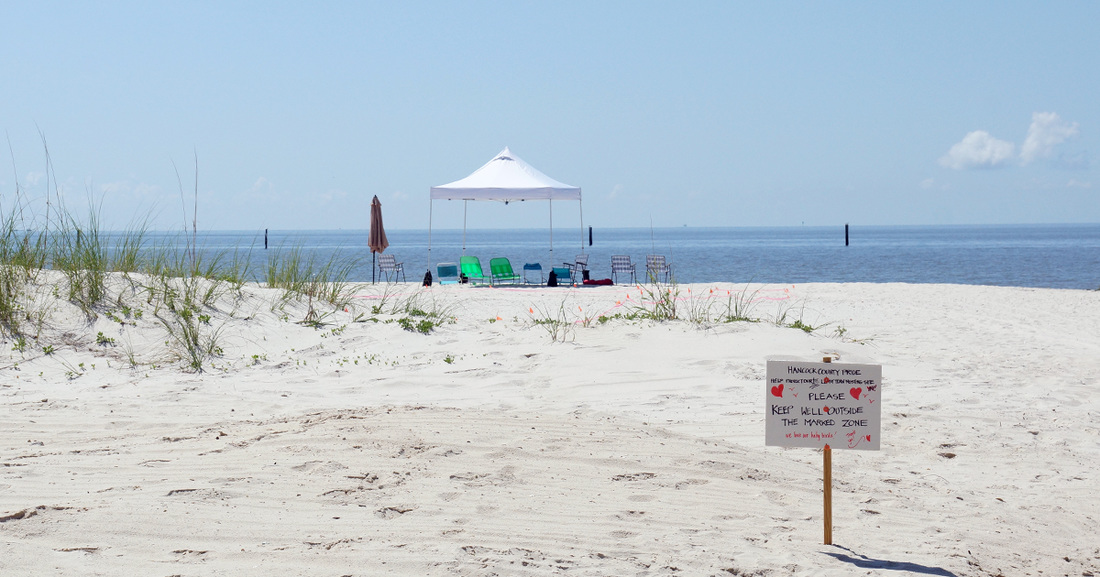
Without official signage and having the area roped off, it's easy for beachgoers to miss the fact that they're setting up camp in the middle of the terns' very vulnerable nesting grounds. Supporters are hoping Hancock County supervisors will approve the type of protective measures proven effective in Harrison County.
In the meantime, Audubon is seeking help in protecting the terns and observing their behavior. Training will be conducted throughout the month of June.
“We are trying to get volunteers to steward the area,” Pacyna said. “The biggest threat is the Fourth of July. We see a lot more people on the beaches and fireworks. People may not realize they are shooting fireworks in a bird colony.” The noise may cause the birds to flush, leaving the eggs and chicks vulnerable to high heat and predators like gulls and crows. If you want to lend a hand to make the least terns safe on our beach, you can volunteer by emailing Amanda Odom, volunteer manager, at [email protected] or call (228) 285-0449. You can also contact the Board of Supervisors to ask for their support: HANCOCK COUNTY BOARD OF SUPERVISORS DISTRICT 1 - David Yarborough (228) 493-3750 DISTRICT 2 - Greg Shaw (228) 493-7967 DISTRICT 3 - Blaine LaFontaine (228) 493-8283 DISTRICT 4 - Scotty Adam (228) 224-0178 DISTRICT 5 - Darrin "Bo" Ladner (228) 216-9926 Comments are closed.
|
Categories
All
Archives
July 2024
|
Shoofly Magazine Partners
Our Shoofly Partners are local businesses and organizations who share our mission to enrich community life in Bay St. Louis, Waveland, Diamondhead and Pass Christian. These are limited in number to maximize visibility. Email us now to become a Shoofly Partner!

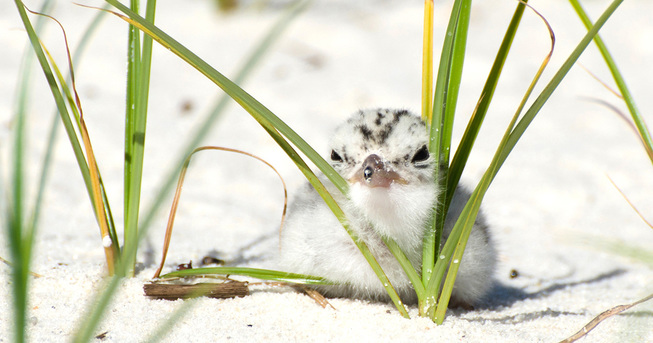
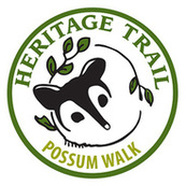
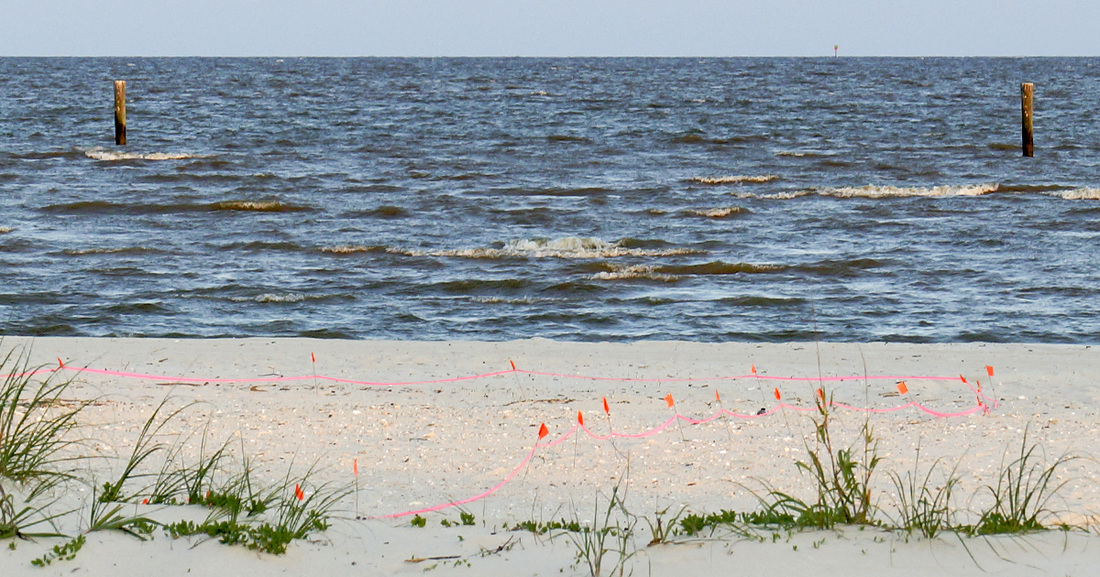
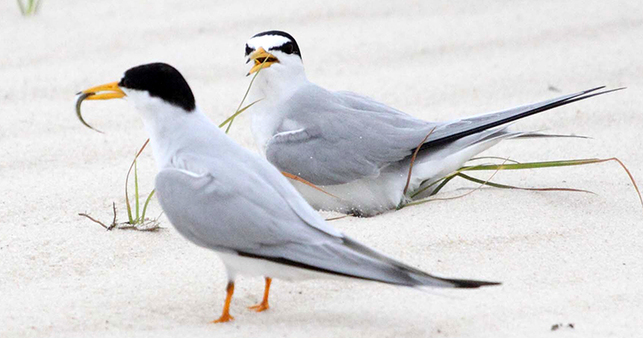
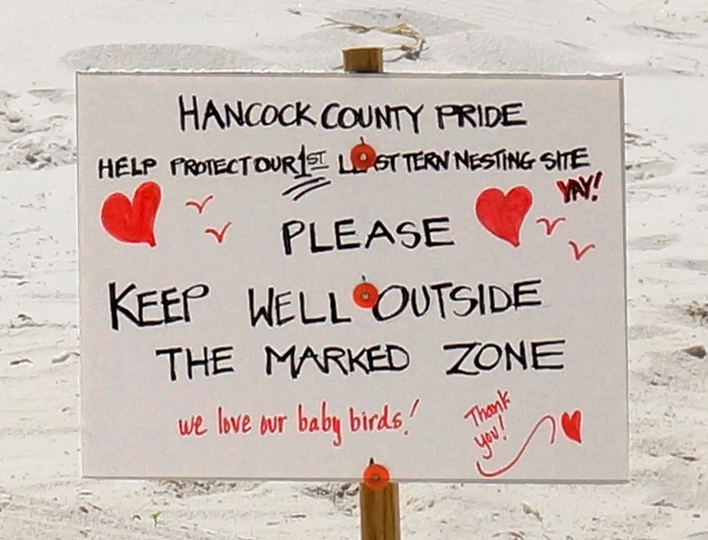
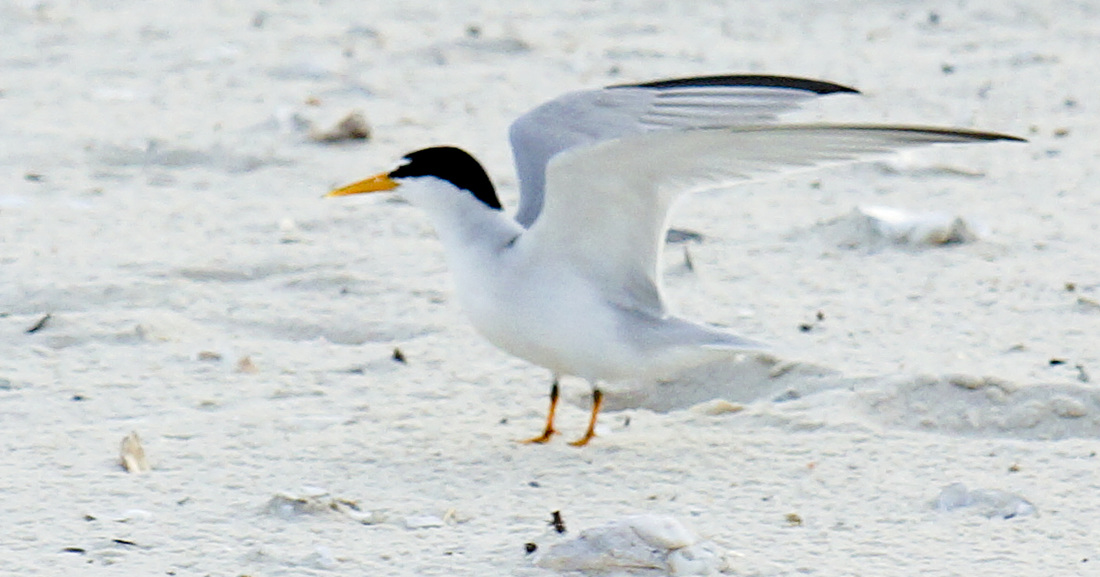
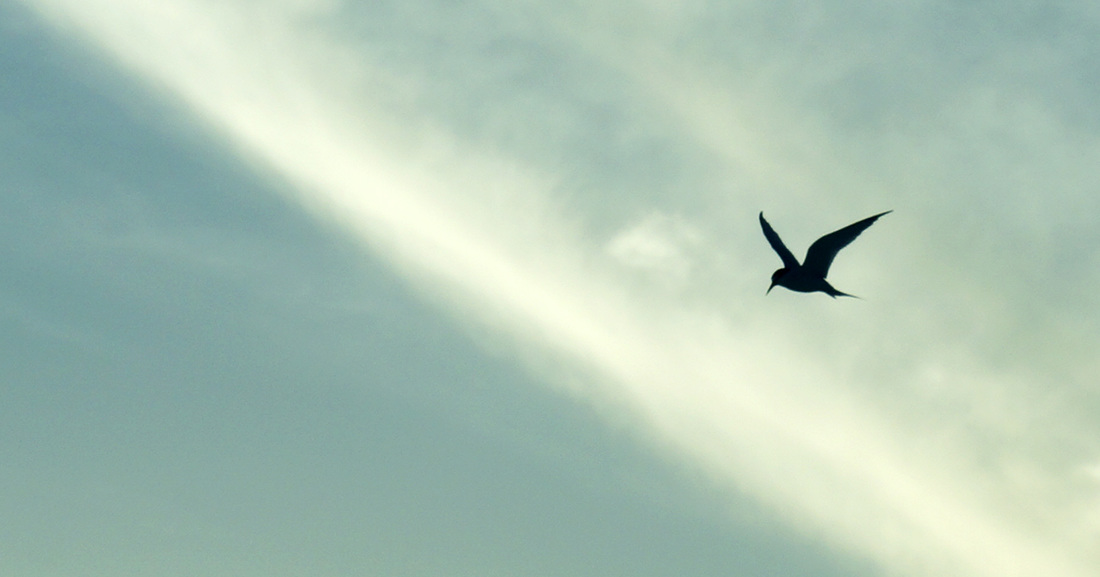

























 RSS Feed
RSS Feed























